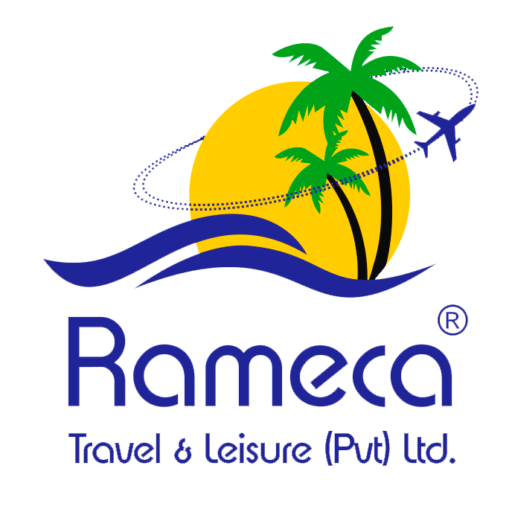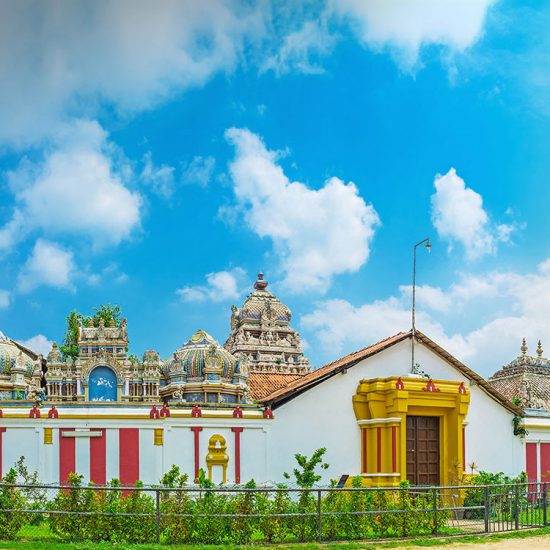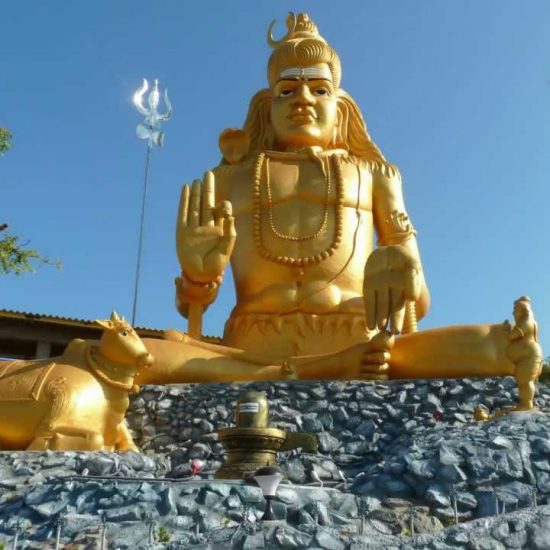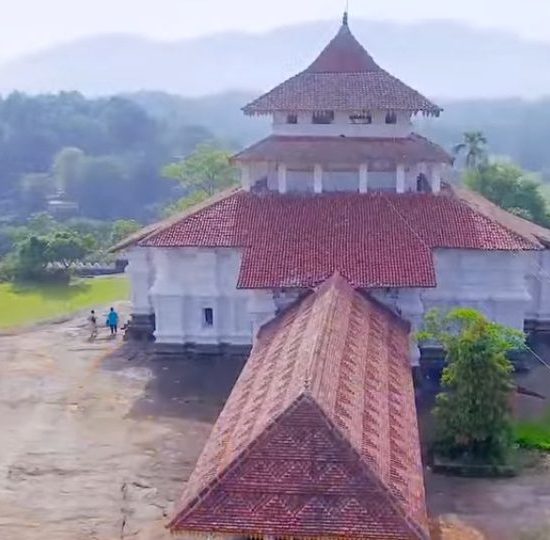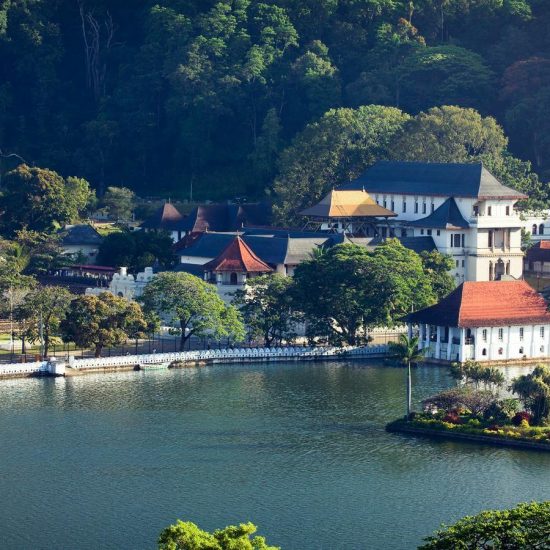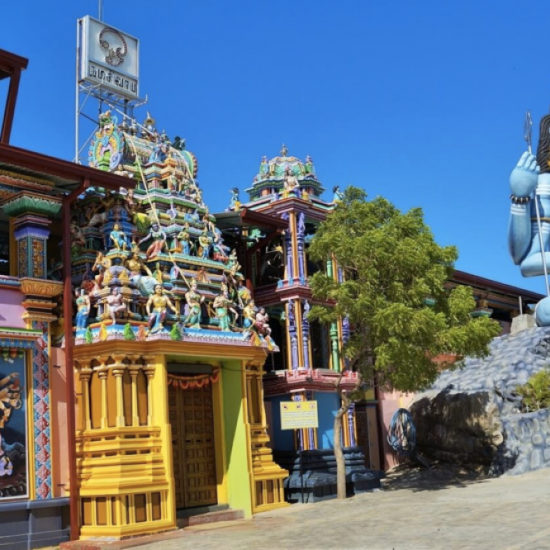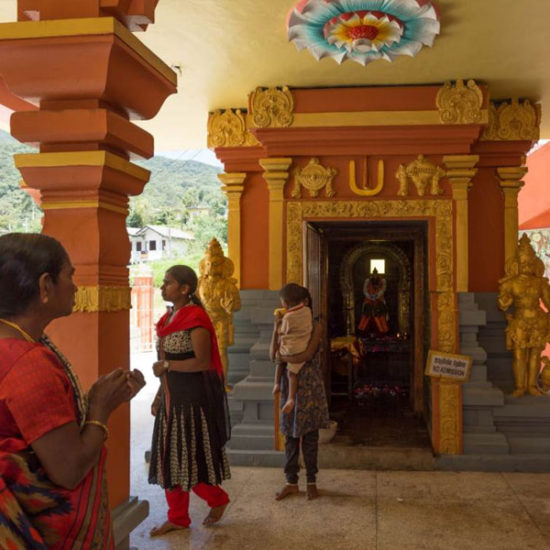Ramayana Tour
per person
Sri Lanka has more than 50 Ramayana sites from the place of Seetha Devi’s captivity to the battlefields of war where Lord Rama slew Ravana, the ten-headed demon-king.
In Sri Lanka People still remember the connection of Lanka to the great epic. An oath taken at the spot where Seetha Devi undertook ‘Agni Pariksha’ is still considered valid in village courts or grama sabhas. It is said the colour of the soil of the ancient battlefield is still red today, and is still surrounded by lighter colored earth. One of the airports of Ravana, torched by Hanuman when he came looking for Seetha Devi, still has a scorched-earth look.
A patch of darker soil surrounded by brown earth. Exotic alpine Himalayan species are found suddenly amidst tropical Sri Lankan vegetation, the legacy of Hanuman’s heroic voyage carrying a mountain with life-restoring herbs.
The names of places are still unchanged. and are still well connected with the epic.
-
Included
AccommondationAll Museum TicketsTransportation/Car -
Not Included
MealsPersonal GuideTypical Souvenir
Day 1: Airport | Chilaw
Manavari Temple
When the Vimana was passing over Munneswaram, he felt the Vimana vibrating, and realized the Brahmaasti Dosham was not following him at this particular point. He stopped the Vimana at this juncture and asked god Lord Shiva for advice. Lord Shiva blessed Lord Rama and advised installing and praying at four lingams located at Manavari, Thiru Koneshwaram, Thiru Ketheshwaram and Rameshwaram in India as the only remedy to get rid of the dosham. The first lingam was installed at Manavari about 5km from here, near the banks of the Deduru Oya
Day 2: Chilaw | Trincomalee
Tiru Koneswaram Temple
Thiru Koneswaram is a wonderful temple located on a rock promontory of Trincomalee. It was built by Rishi Agastya on the instructions of Lord Shiva who was impressed by the devotion of King Ravana. This place is unique in this respect because the Lord built a temple for his devotee as a reward for his devotion. Lord Rama is believed to have offered his prayers here, too, in order to get rid of the malediction of killing Ravana who was a Brahmin, meaning Brahmahasthi Dosham. The famous temple built here during the glorious era of the Tamil Pallava and Chola and Pandya empires, was destroyed by bigoted Portuguese Christians between 1622 and 1624.
Day 3: Trincomalee
After breakfast visit hot water well spring. The hot wells of Kanniyai or Kanniya are close to the main road to Anuradhapura, in Trincomalee town. Pilgrims believe in the healing powers of the warm water. There are many different versions of the myth on how these curative hot water wells came into existence. Most of them are connected to Ravana. One legend about Kanniya's origin has it, that this is the place where King Ravana carried out the last rites for his mother. When he was unable to find water to duly perform the rites, he in anger pierced his Trishula into the ground seven times. Water started gushing out immediately. The very first hot water cooled down to the present degree when Ravana's anger calmed down. The temperature of the water is different in all the seven springs.
And thereafter visit some other temple such as Sri Shankari Devi Shakthi Pitam, Vattapalai, Vilundri etc